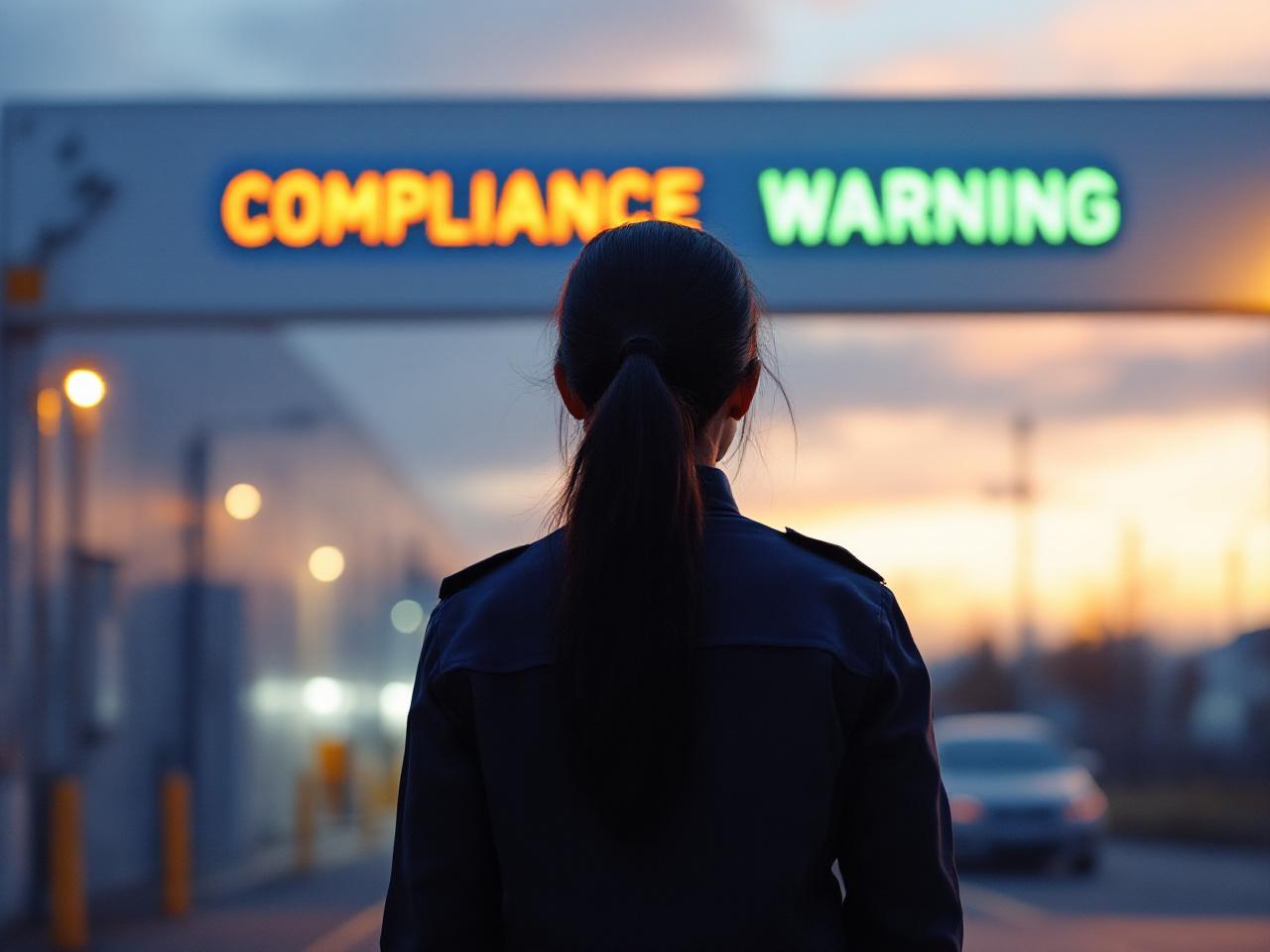📊 Ditch the Crystal Ball. Embrace Real-Time Data
Prediction is out — rapid reaction is in. In today’s volatile environment, businesses need instant visibility: which suppliers are at risk, which lanes are blocked, and what inventory is exposed. As a result, AI-driven third-party screening and analytics platforms have become essential for proactive risk management.
For a deeper look at how external shocks can expose your vendor network, explore how to mitigate supply chain vulnerabilities in a shifting geopolitical climate — and why agility is key to staying resilient.

🌍 Diversify Strategically — Not Just Broadly
Supply chain agility isn’t just about having backup suppliers — it’s about distributing risk across stable regions. Don’t just diversify. Diversify intelligently.
Use geopolitical risk insights to identify high-risk zones, map sourcing dependencies, and avoid overconcentration. For instance, a vendor in a politically stable country may still be exposed to resource shortages via upstream suppliers.
📄 Flex Your Contractual Muscles
Rigid long-term contracts are a liability in a volatile world. Agile supply chains rely on flexible contracts that allow for rapid renegotiation, multi-vendor options, and shared-risk models.
To protect agility, work with legal teams to bake in force majeure clauses, supplier replacement options, and clear SLAs that support both stability and responsiveness.
🎯 Use Scenario Planning as a Competitive Advantage
Agility is about readiness, not just reaction. Leading organisations now conduct regular scenario modelling using supply chain simulation tools to prepare for:
- Regional cyberattacks or infrastructure failure
- Port shutdowns or maritime disruptions (e.g. Red Sea)
- Sanctions or policy changes affecting key suppliers
By anticipating these threats, you can pre-position stock, engage secondary vendors, and streamline your crisis playbook.

👥 Build a Culture of Agility
Agility isn’t just structural — it’s cultural. Your supply chain team must be empowered to act decisively. That means flattening hierarchies, enabling rapid decision-making, and rewarding adaptability.
Moreover, encourage interdepartmental collaboration and embed crisis-readiness into procurement, legal, compliance, and operations functions.
🧠 Use Technology, But Don’t Forget the Human Touch
Yes, AI, blockchain, and IoT are transforming supply chain risk visibility. However, in a crisis, trust-based human relationships are still your best buffer.
Ensure regular engagement with key suppliers, invest in vendor partnerships, and maintain direct communication channels. The best technology works when humans apply context and act fast.
Want to go deeper on how external shocks impact your vendors? Explore how supply chain vulnerabilities evolve in unstable geopolitical climates and what to do about them.
✅ Final Thought: Agility Is the New Benchmark
Building an agile supply chain in 2025 is no longer about avoiding disruption — it’s about outperforming during it. The difference between reactive and proactive strategies is now measured in market share, margin protection, and brand resilience.
Explore how UK organisations are advancing supply chain resilience — and how you can apply the same thinking to your network.
🚀 Ready to Build an Agile Supply Chain?
Rule’s Digital Risk Due Diligence Services help you assess third-party exposure, screen for geopolitical risk, and ensure vendor resilience — all in one platform.
Take the next step and future-proof your supply chain now.

